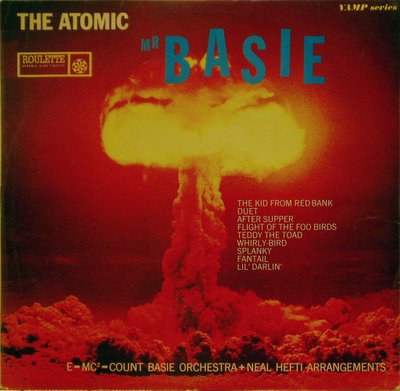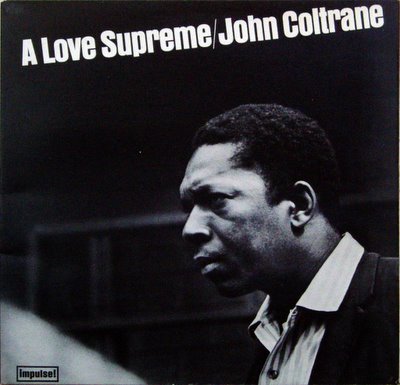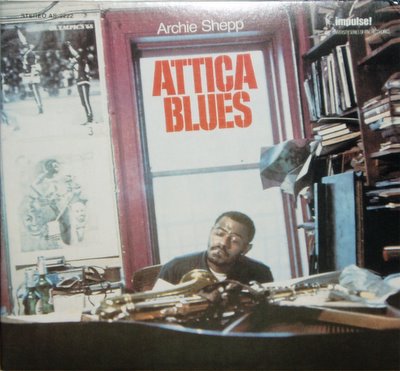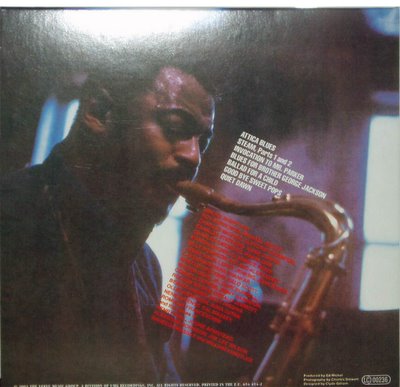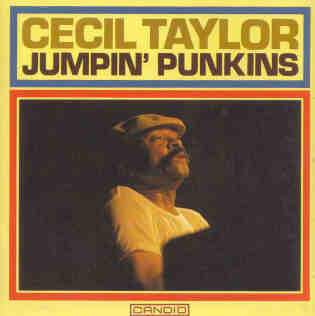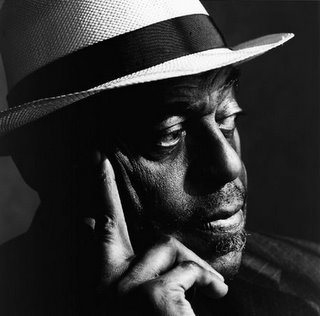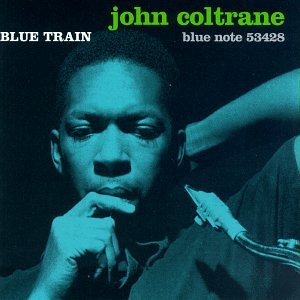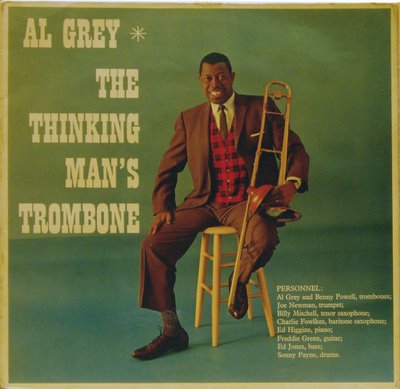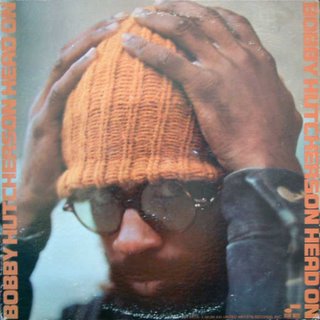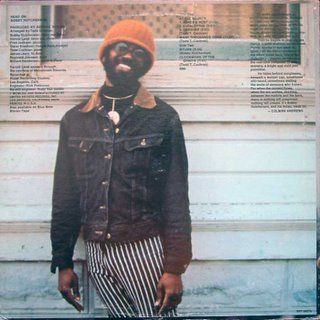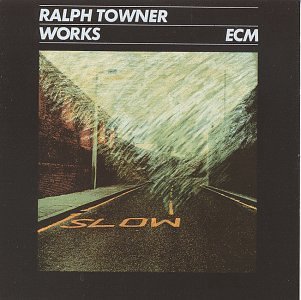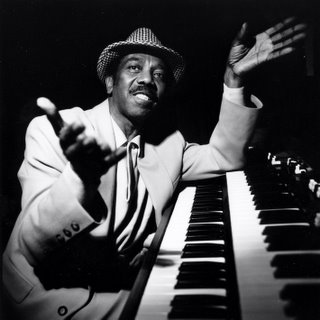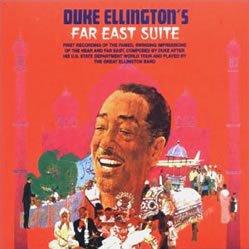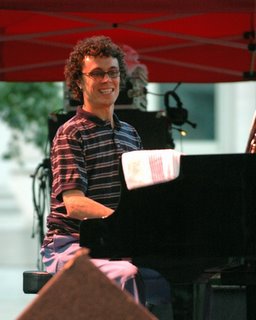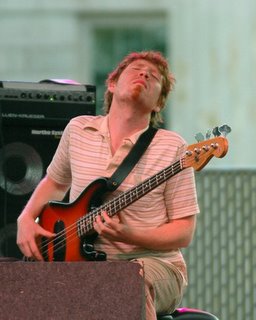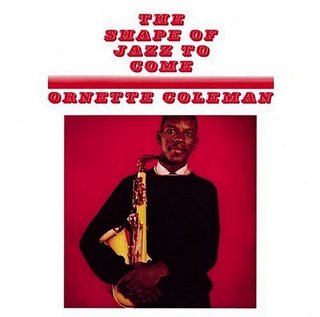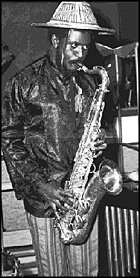
 WEATHER REPORT
WEATHER REPORT MYSTERIOUS TRAVELLER
Columbia KC 32494
Produced by Joe Zawinul and Wayne Shorter
Recorded 1974
Side One
1. Nubian Sundance
2. American Tango
3. Cucumber Slumber
Side Two
1. Mysterious Traveller
2. Blackthorn Rose
3. Scarlet Woman
4. Jungle Book
PERSONNEL
Josef Zawinul: Vocal, pianos, synthesizer, percussion
Ishmael Wilburn: Drums
Skip Hadden: Drums
Dom Um Romão: Percussion
Muruga: Percussion
Wayne Shorter: Tenor and soprano saxophone
Alphonso Johnson: Bass
Edna Write: Vocalist
Marti McCall: Vocalist
Jessica Smith: Vocalist
James Gilstrad: Vocalist
Billie Barnum: Vocalist
As well as all the free-jazzery that went on in the late 60’s and early 70’s, another significant branch of the music was that known as fusion. It started out as jazz-rock fusion, inspired largely by such seminal works as Miles Davis’ “In a Silent Way” and “Bitches’ Brew” (in much the same way that the free-jazzers took their lead from John Coltrane’s mid ‘60’s recordings). The fusion bands (and they were bands, much more than the disparate groupings of bop) eschewed traditional jazz instrumentation for a more technological approach and were early adopters of electronic instrumentation (see particularly Herbie Hancock’s Mwandishi band of the early ‘70’s).
This 1974 recording captures the band in a transitional phase, moving away from jazz as previously understood (as represented by Wayne Shorter’s tenor) and heading in an electronic direction (steered by keyboardist Joe Zawinul). This new direction was exciting for a time, as shown here, but unfortunately led to a slew of more commercial recordings in the late ‘70’s and early ‘80’s, including the commercially (but not musically, not for me) successful ‘Birdland’.
The opening ‘Nubian Sundance’ sets the tone for the album – layers of synths and keyboards underpinned by a slippery, shifting rhythm (supplied by drummer Alphonse Mouzon and percussionist Airto Moreira) that sets the backdrop for some decent soloing by both Shorter and Zawinul. There’s a definite groove here, though the slippery nature of the rhythm makes it a tricky piece to dance to. There’s a lot of interest to be had in following the rhythm section through the piece.
‘Cucumber Slumber’ is funkier, with a fat Vitous bassline and squelchy synth effects that wouldn’t have sounded out of place on Herbie Hancock’s “Headhunters” LP. It also features some standout soloing from Shorter, who shows that he can funk it up with the best of them –a quality not readily identified from his earlier work with Miles Davis.
'Blackthorn Rose' departs from the extended jazz-funk jams of the other tracks and is a surprisingly traditional duet between Zawinul (on piano) and Shorter (on soprano) which works well despite being a straight jazz peg in a rather funky hole. Also different in feel to much of the album is 'Jungle Book', which carries a distinct world music influence. Multiple styles are used here, the first two minutes of the track containing African percussion, Far-Eastern pentatonic scales and a hint of sitar. It sounds like it should be a mess but the whole thing is tied together by Zawinul's outstanding keyboard work.
 Here's a fine picture of Joe at work.
Here's a fine picture of Joe at work.
